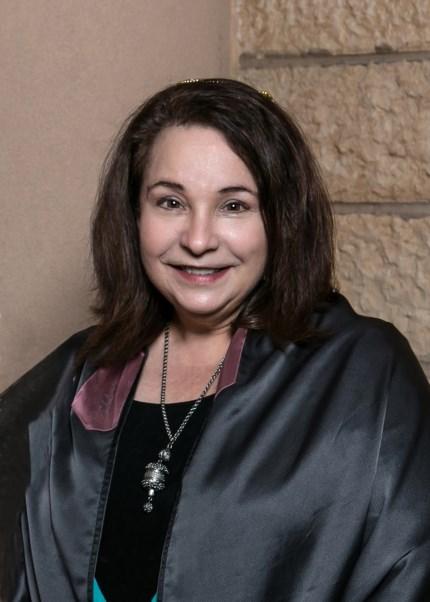
2 minute read
The Case for Hebrew In Services and Shiva Minyanim
Several weeks ago, there was a Shiva Minyan held in the home of a TBT member who lost an elderly parent. The home was packed with many fellow synagogue members as well as members of another nearby synagogue. We passed out the prayerbooks designed for a shiva minyan and began the service. In the opening minutes of the service I try to gauge the Hebrew literacy of those assembled and make on-thespot decisions about the balance of Hebrew/English, spoken/chanted parts of the service. From the sounds of the first participatory prayer, the ‘Bar’chu’, I knew I would be able to have a little more Hebrew than usual that evening. This house of mourning was full of the sound of many voices coming together in prayer and I know this was a source of comfort to the immediate mourners.
It takes certain ‘skills’ to participate in the Hebrew parts of any service, made somewhat easier by the inclusion of transliterations in more modern publications of siddurim (prayerbooks). If you have ever questioned the value of acquiring the skills of reading Hebrew and learning about the meanings of standard prayers, you might have found your justification upon hearing the many voices reading and chanting Hebrew that night at the Shiva Minyan. Voices of comfort: for the mourners, and for the friends of the mourners.
Advertisement
In recent years in many synagogues, the number of hours to interact with Religious School students has diminished. I ask myself if we will be successful in teaching prayerbook Hebrew to the next generations of Jews. The Hebrew translations and artistic interpretations of our prayers are meaningful in and of themselves, but the Hebrew components of prayer must not get forgotten or lost.
In earlier generations of the Reform Movement, there was relatively little congregational participation in services aside from certain English passages, the Bar’chu, Sh’ma, L’cha Dodi, Adon Olam and Ein Keiloheinu. People participated in a more passive way, listening to the clergy and likely some sort of ‘professional’ choir. But things have changed and evolved in the past 50 years or so. There is a synergy between clergy and congregation, based on everything that comes together in the moment of prayer. It is not grasped or experienced in the same way through the online streaming of services. It is the in-person give and take of energy and expression, rooted in the essence of our prayers.
What do we pray for? Awareness that we are created in the image of God. Awareness and appreciation for the way our bodies and minds work. Awareness and appreciation for the wonders of creation that surround us each and every day. Awareness for what we can learn through Torah and other sacred texts, about how to live in the world in a way that brings about universal “shalom” (completeness).
We well know that at any moment, we might become the mourner who may be comforted by the collective voices of Jews praying. More often, we are the ones who can be there for the mourners, and add our voice to a Shiva Minyan.
Are you ready to learn Hebrew? If so, then let me know.
Do you want to improve your ability to understand and participate in services? Join us any time for services.
Are you raising children? You can support the Hebrew education of your children by praying and learning along with them.
We are here for you at TBT, and want to help you acquire the skills to be one who can actively participate in prayer.
Wishes for a joyous Purim in March and Passover in April.










